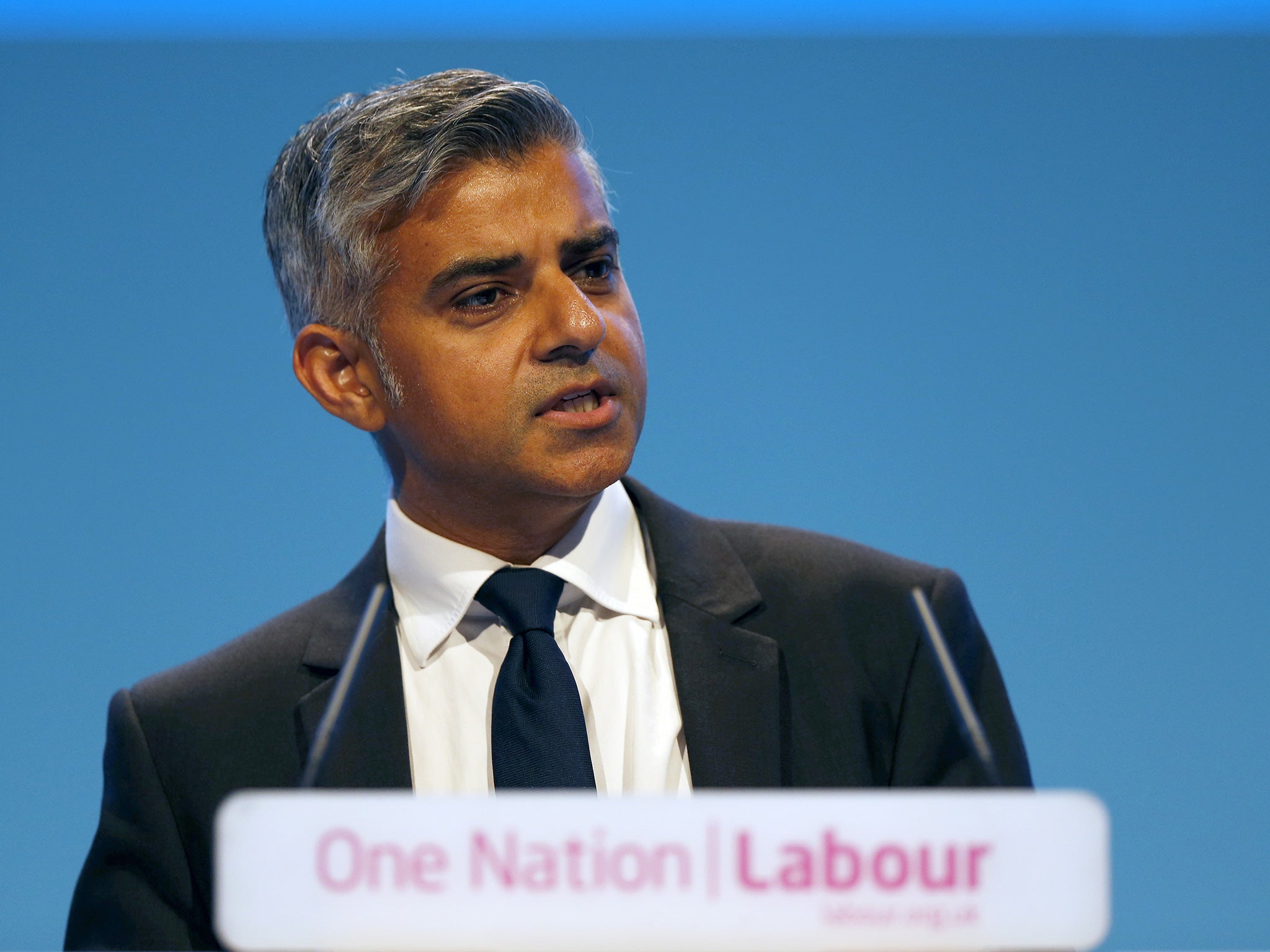Rod Oram: A Kiwi at a Hui of Humanity
COP26
On a rest day in Glasgow ahead of five more days of intense climate negotiations, Rod Oram provides insights into the inner workings of COP26
A small group of us Kiwis met for breakfast Saturday morning at the Glasgow Science Centre to swap stories, contacts and ideas from our first week of the COP26 climate negotiations. The camaraderie was far superior to the wet and windy Glasgow winter weather, and indeed much better than the vegan haggis roll and awful coffee I had.
We were a small sample of the 30 or so members of the [email protected] WhatsApp message group. It’s a great source of virtual support and bonding for us through the whirlwind of life here. We need it. This hui of humanity flicks through fast cycles of pleasure and pain, frustration and fulfilment throughout our long days.
For we breakfasters, the UK is home to three of us, New Zealand to two, and the US and Switzerland one each. Two are post-docs in sustainable transport and international law; two in comms – one for a highly influential international carbon NGO and the other for a global sustainable business organisation; one in sustainable energy investment, and one in journalism. We range in age from mid-twenties to 71.
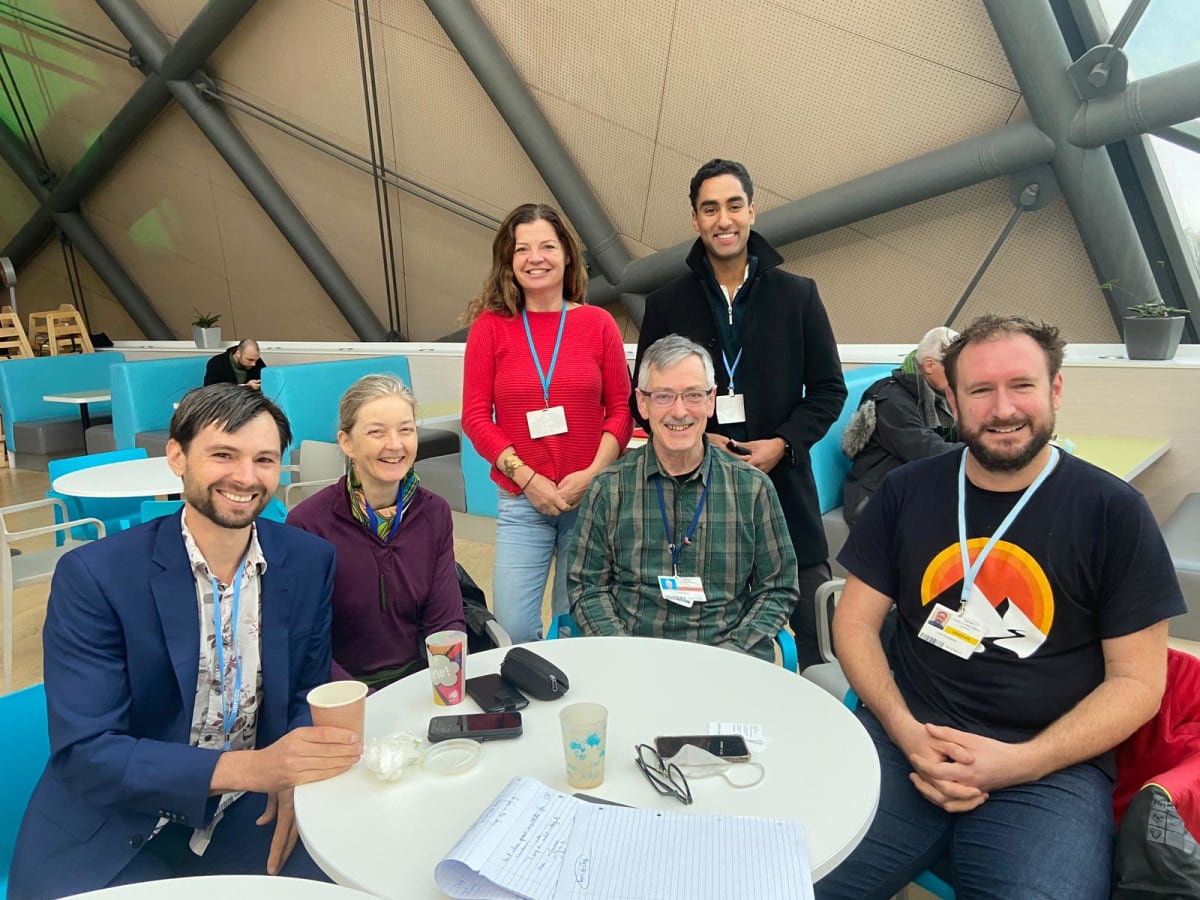
The COP veteran among us said the working conditions here in Glasgow are cramped and badly organised compared with the ones she’s experienced before. For example, the largest negotiating room has only 144 seats for the 194 country delegation. Scores of other smaller rooms for subsets of the negotiations are also cramped, requiring a strict rule of only one person per delegation.
Not having colleagues to hand to consult and reflect with during the sessions is making for some grumpy and stressed delegates. This might be a drag on negotiations, particularly this coming week as they quicken and intensify before the final deadline of COP26 midnight this Friday.
The negotiations range, depending on the issue, from interminable and deadlocked, to quick fire and intense. For a glimpse of this, check out the daily reports from the Earth Negotiations Bulletin, which is authorised to cover all the negotiation sessions to help delegates keep abreast of the vast range of topics. The last section of each day’s report, In the Corridors, gives a flavour of the day’s deliberations.
No doubt most delegates feel it’s a privilege to be here. Yet, basic necessities can be frustrating, such as long queues at the main entrance during morning rush hour. and the extensive temporary office and meeting accommodation flaps, rattles and leaks in stormy weather. Two basic necessities – wifi and AV coverage of open sessions – are excellent.
As for the food, it is 80 percent Scottish-sourced, tilted heavily to vegetarian/vegan and away from red meat, with only a limited, uniform choice across the whole campus.
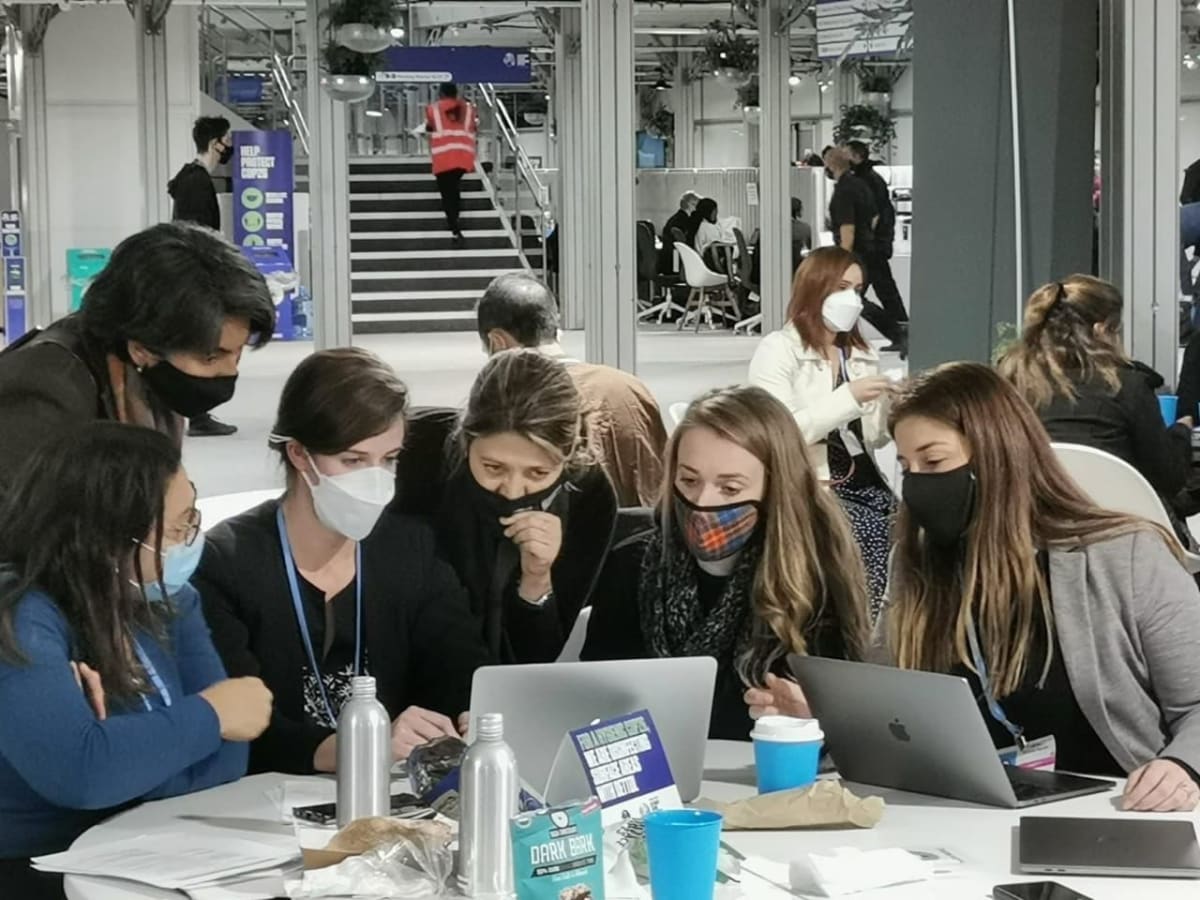
The main Plenary Hall, the Cairn Gorm, is impressive in scale and more accommodating to delegates. Like the rest of the facilities, the dominant colour is a rather darker shade than normal of the United Nations blue.
For the record, we UN-registered delegates allowed access to the Blue Zone, the core of the vast COP26 complex on the Scottish Events Campus, number 21,238 registered attendees forming the official delegations; 13,885 observers; and 3,824 from the media.
In addition to the Blue Zone’s core facilities of plenary halls, meeting rooms and delegation offices, it has three extensive areas for pavilions (populated by countries, NGOs, industry bodies and the like) and rooms for all manner of side events. Across the River Clyde is the Green Zone, based in and around the Science Centre. Its wealth of programmes and events are open to controlled public access.
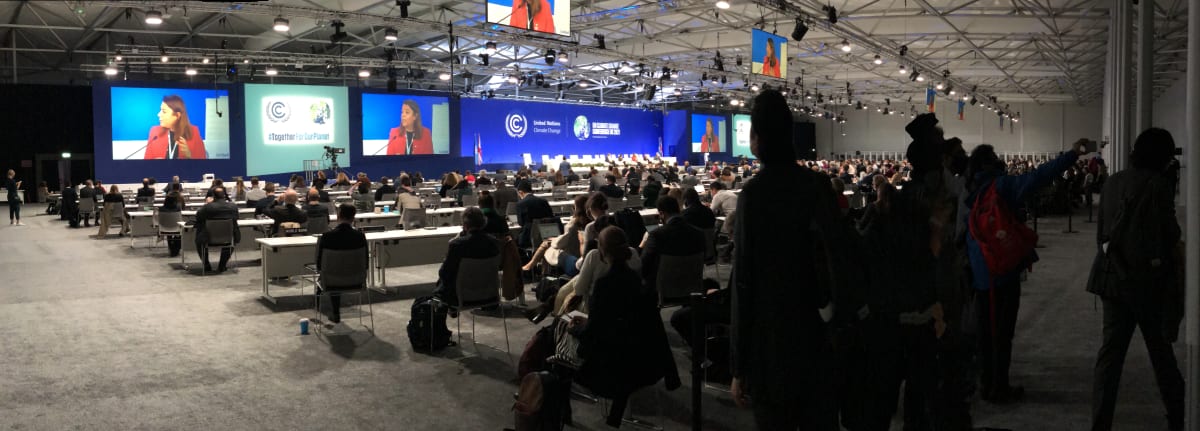
Regardless of your role here, the days are long, hectic, and fascinating. Given the vast array of people and events, you have to plan and prioritise your time. But crucially you also have to be very open to chance encounters and conversations. They are the serendipitous leads that have delivered the best elements of my Newsroom stories this past week.
The arc of my day, though, hangs on the a thin pink line on my daily Covid self-test. If it is at the C mark, I’m negative and the security guards allow me to enter the COP campus. But if there’s a second line at the T mark, I’d be positive and would have to self-isolate. Then I’d be no wiser about COP’s developments than if I’d stayed at home in Auckland and followed all the online coverage.
The first few days, my apprehensive eyes were glued to the test willing the C line to appear. Now it’s as routine as cleaning my teeth. I’m taking Covid hygiene seriously so it will just be bad luck if I do one day test positive. In the meantime, the test takes only a few minutes before I leave my accommodation each morning. I twirl a swab up each nostril, dunk it in a small phial of test liquid, wait 30-seconds, tip four drops into the test strip, wait less than a minute for the result, log it on the National Health Service website to upload a photo of the test and the result. Within five minutes I get an email confirmation I show later at the COP campus…
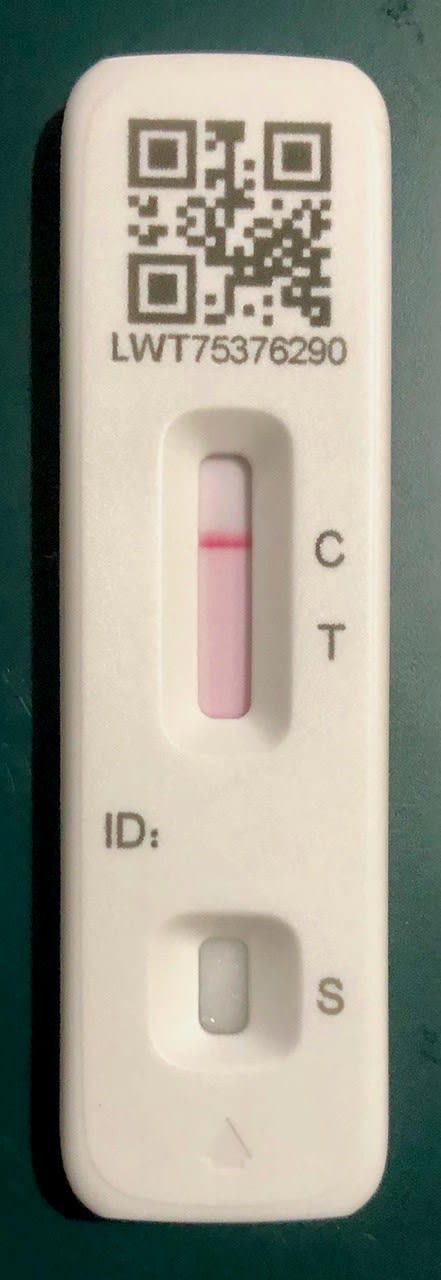
…and then my rich, enthralling work day begins. First stop is the media centre, to stake out one of the 150 or so workplaces by putting an item of clothing on the back of the chair and some papers on the desk. If I don’t, it’s hard to find a place later.
I’m out and about at COP through the morning, then by 2pm I’m back at my desk to write my daily article, and prepare audio and video clips, to send to Newsroom by 5pm local time. Within an hour my report from COP is up on our website early in your New Zealand morning …and I head off around the campus feasting on topics, people and events on offer for a few more hours of another intensely interesting and rewarding day.
Then I welcome the chance to reflect on my day on my 25 minute walk back to my accommodation. I found my very kind homestay host through Human Hotel, which brings together hosts and delegates for such gatherings around the world. My working class neighbourhood of Govan, once a thriving ship building area and port, is best known these days for Ibrox Stadium, home of the Rangers football team. Govan is keeping me grounded.
The Bill McKibben COP26 event: The full recording of the discussion I mentioned yesterday is now available here.
Saturday was the Global Day of Action for Climate Justice, which was organised by a coalition of UK NGOs. Some 100,000 people marched, in sometimes pouring rain, to George Square. It was the start of a four-day People Summit, a counter-COP in pursuit of equitable climate solutions.
Here’s my video of some of that march.

